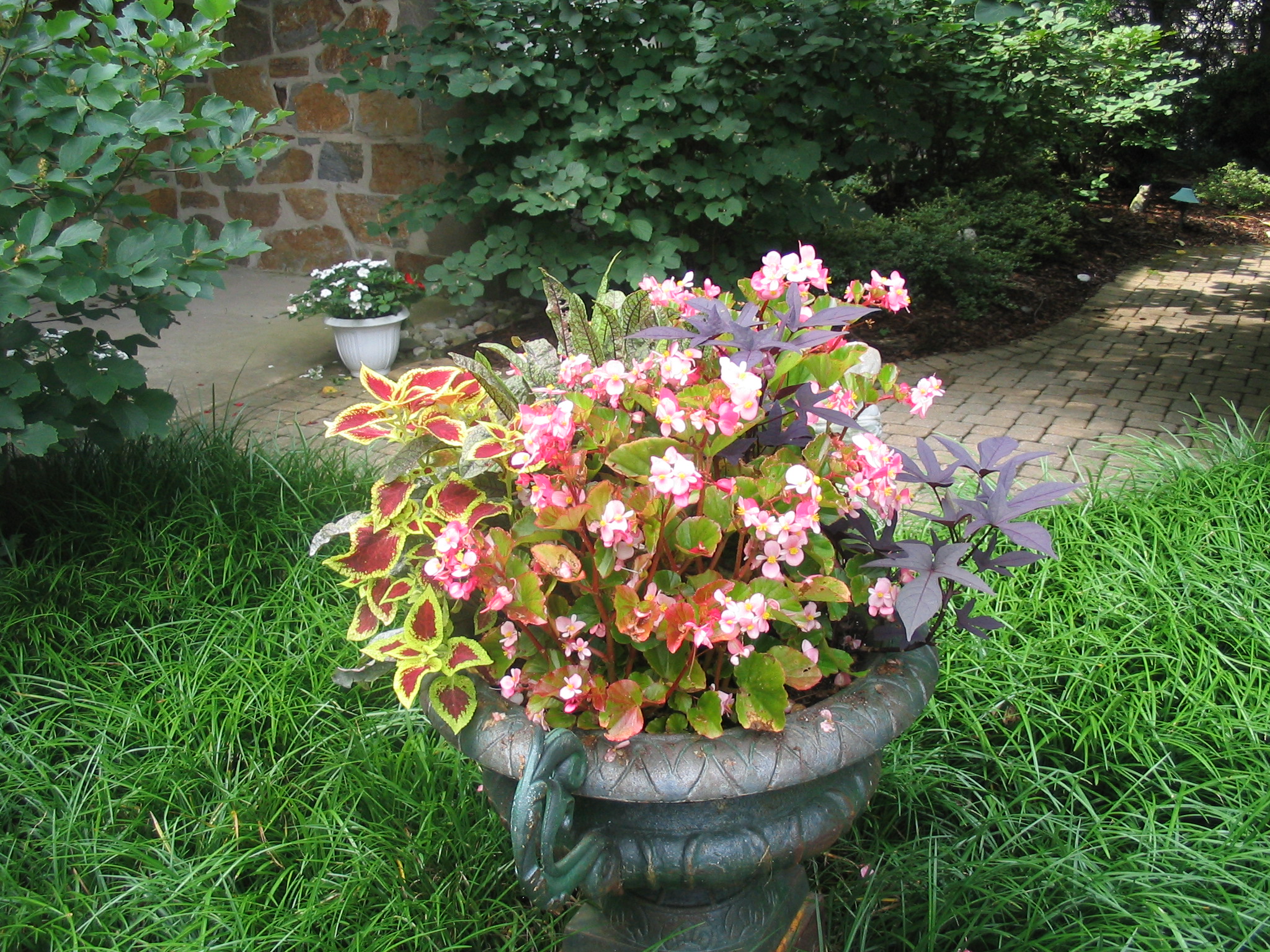Normal.dotm
0
0
1
683
3894
ChaddsFordLive.com
32
7
4782
12.0
0
false
18 pt
18 pt
0
0
false
false
false
/* Style Definitions */
table.MsoNormalTable
{mso-style-name:"Table Normal";
mso-tstyle-rowband-size:0;
mso-tstyle-colband-size:0;
mso-style-noshow:yes;
mso-style-parent:"";
mso-padding-alt:0in 5.4pt 0in 5.4pt;
mso-para-margin:0in;
mso-para-margin-bottom:.0001pt;
mso-pagination:widow-orphan;
font-size:12.0pt;
font-family:"Times New Roman";
mso-ascii-font-family:Cambria;
mso-ascii-theme-font:minor-latin;
mso-fareast-font-family:"Times New Roman";
mso-fareast-theme-font:minor-fareast;
mso-hansi-font-family:Cambria;
mso-hansi-theme-font:minor-latin;
mso-bidi-font-family:"Times New Roman";
mso-bidi-theme-font:minor-bidi;}
Many a Slip Twixt the Cup and
the Lip
We are now approaching one of the
trickiest periods on the garden calendar: that treacherous time when tender
young plants that have been nestled under lights in a warm home or greenhouse
must be carefully introduced to the cold, cruel Chadds Ford spring, with its
erratic temperatures, sudden deluges, and gusty winds. Nurseries tempt with
riotous displays of zinnias, marigolds, impatiens, and petunias, and those of
us who grow plants from seed are assessing the survivors and deciding which
ones need to come off life support.
Unlike participants in the Polar Bear
Plunge, plants grown indoors or in a greenhouse must dip a toe before jumping
in. They should be “hardened off,”
a method for gradually introducing seedlings to the full sun, wind, and cool
nights they will find outdoors. Hardening off is a gradual process that
involves patience and a good memory (“Ackkk! I forgot to bring the impatiens in last night!”). Start exposing plants to outdoor
conditions in a shady protected area for several hours on mild days. At night, bring plants indoors or put
them in a sheltered porch, shed, or garage, away from gas and engine exhaust.
Gradually, over 10 to 14 days, move plants into sunlight for increasing periods
of time each day. Do not put tender seedlings outdoors on windy days or when
temperatures are below 45°. Reduce watering to prevent lush, weak growth, but
do not allow plants to wilt.
That Tricky Timing
In Chadds Ford, the average last frost
date is April 16-30, but a safer rule of thumb is May 10. Even then, a later frost is possible,
so you may have to cover plants on nights when frost is a possibility. Tender
plants have to wait until after the danger of frost has passed, but you can
transplant hardier plants earlier in the spring. Even so, there’s no sense in
rushing, as many annuals will not grow well until the soil warms, even if air
temperatures are no longer dangerously low.
Cloudy days are best for transplanting,
but you can also plant in late afternoon or early evening, when temperatures
are cooler and the sunlight is less intense. You can reduce transplant shock by
watering plants before transplanting and making sure the garden bed is slightly
moist (not wet). Find a spot that fits the plant’s requirements and dig holes
that are two times larger than root ball.
Allow room between plants for them to reach their full size without
crowding. Set plants at the same depth as they were in their pots (generally,
the top of the root ball should be just under the soil surface). After transplanting, apply a light
layer of soil or mulch to reduce water evaporation from the surrounding soil,
firm the soil, and water.
Fertilize with a starter fertilizer solution, such as a 15-30-15, to
promote root development.
Got Pots?
For containers, do not use garden soil
alone because it compacts. Use a commercial potting mix or prepare your own
with equal amounts of soil, sphagnum peat moss, and perlite. Before planting, moisten the medium
with warm water. To reduce weight,
you can fill the bottom one-fourth to one-third of the container with plastic
packaging “peanuts” or empty soda cans.
When combining different plants in one
container, choose ones that have similar light and water requirements. Plants
can be spaced more closely in containers. Set plants at the depth they were
growing in the cell pack or pot and water thoroughly. Check containers daily
for water needs. Water until the
excess water flows out the drainage holes. Use a soluble fertilizer weekly at
one-fourth the recommended monthly rate (unless your potting mix contains fertilizer). Then, stand back and enjoy the show. There’s nothing like annuals for
continuous color throughout the garden season!
For more on planting annuals, go to:
http://consumerhorticulture.psu.edu/files/transplanting_annuals.pdf
Meet us at SymphonyScape, a symposium
on gardens and design that supports the Kennett Symphony, April 14, 10-3, at
the Mendenhall Inn.
http://www.kennettsymphony.org/SymphonyScape/index.html
Have a gardening question? Ask a Master Gardener! Call the Master Gardener Hotline: 610-696-3500 or email ChesterMG@psu.edu. Become a fan of Chester County Master
Gardeners on Facebook.
• Nancy Sakaduski is the
Chester County Master Gardener Coordinator. Master Gardeners are trained volunteers who educate the
public on gardening and horticultural issues. In Chester County, they operate through the Penn State
Cooperative Extension office in West Chester. Nancy lives in Pennsbury Township. She can be reached at nds13@psu.edu.
About Nancy Sakaduski
Nancy Sakaduski is a Master Gardiner with Penn State Extension of Chester County.





Comments